Il Salotto Garibaldino - Civic historical collections
Garibaldi living room
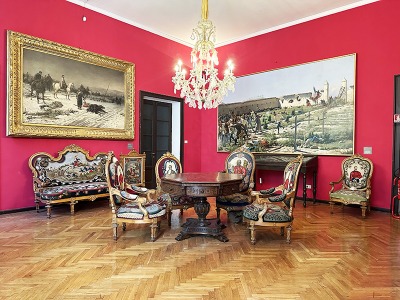
This lounge is located in one of the rooms on the first floor of Palazzo Moriggia. It was nicknamed "Salotto Garibaldino" because it portrays subjects inspired by Italian campaigns of 1859, including Garibaldi. It is composed of a sofa, six chairs and a fiomba embroidered on canvas with counted threads Giuseppina Freganeschi Borelli around 1860. The embroideries combine the characters with symbols that recall their history.
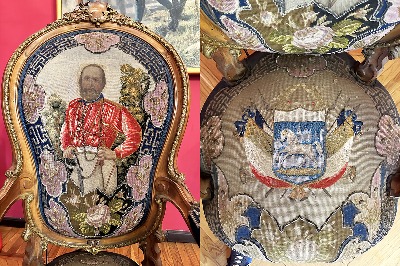
Giuseppe Garibaldi, born in Nice on 4 July 1807 and died in Caprera on 2 June 1882, is one of the most important and well-known historical figures in the history of Italy. General, patriot, leader, writer and politician, he was a central figure in the history of the Italian Risorgimento. His most famous undertaking, the victorious "expedition of the Thousand", allowed the annexation of the Kingdom of the Two Sicilies to the nascent Kingdom of Italy, a central episode in the process of unification of the new Italian nation. He is also known by the nickname "hero of two worlds" for his military exploits carried out both in Europe and in South America. Notoriously republican and anticlerical, he was the author of numerous writings, mainly memoirs and politics, but he also published novels and poems.
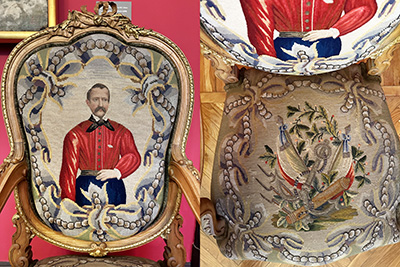
Nino Bixio, born Gerolamo Bixio, was born in Genoa on 2 October 1821 and died in Indonesia on 16 December 1873. He was one of the most important generals and politicians in the history of the Italian Risorgimento. He was among the organizers of the victorious "expedition of the Thousand" which led to the conquest of the Kingdom of the Two Sicilies and its annexation to the nascent Kingdom of Italy. On 2 October 1860, Garibaldi definitively defeated the bulk of the Bourbon troops in the Battle of Volturno. Shortly after the meeting at Teano between Garibaldi and Vittorio Emanuele, Bixio organized the plebiscites which sanctioned the annexation of central-southern Italy to the Kingdom of Sardinia. A year later he was elected deputy in the newly formed Parliament of the Kingdom of Italy.
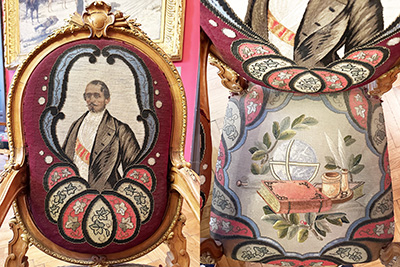
Bettino Ricasoli, also nicknamed "the Iron Baron", was born in Florence on 9 March 1809 and died in San Regolo on 23 October 1880. Coming from a noble Florentine family, he was an important politician having first been mayor of Florence, between 1847 and 1848, and, subsequently, deputy, for the Historical Right, of the Kingdom of Sardinia and the Kingdom of Italy between 1860 and 1880. Ricasoli was above all the second Prime Minister in the history of united Italy after Cavour, between June 1861 and March 1862.
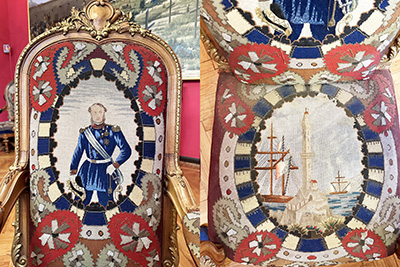
Admiral Carlo Pellion of Persano, born in Vercelli on 11 March 1806 and died in Turin on 28 July 1883, was an important admiral of the Navy of the Kingdom of Sardinia and of the Kingdom of Italy, as well as a politician, having been Minister of the Navy from March to December 1862 Of noble origins, he entered the Sardinian Navy at a very young age, after attending the Navy school in Genoa. He participated in the First and Second Wars of Independence and, at the height of his career, obtained command of the team of six frigates of the Sardinian navy during the victorious campaign of 1860 in southern Italy, favoring Garibaldi's expedition of the Thousand. He is also remembered for having been in command of the fleet that was defeated by the Austrian navy in the Battle of Lissa in 1866, inserted in the context of the Third War of Independence.
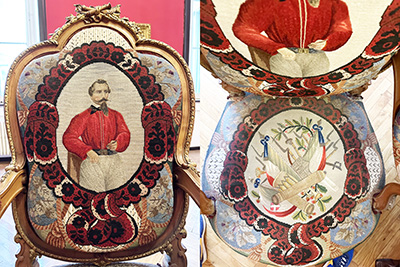
Francesco Nullo he was born in Bergamo on 1 March 1826 and died in Poland on 5 May 1863. A patriot and soldier, he was a very active figure in the most important events of the Risorgimento. He participated, with his two brothers, alongside the Milanese population in the barricades of the Five Days of Milan in 1848, in 1859 he joined Garibaldi in the ranks of the Cacciatori delle Alpi and, above all, he joined the expedition of the Thousand, also managing to that many of his fellow Bergamo citizens participated with him in the enterprise; due to the high number of people from Bergamo among the "Thousand", the city took on the nickname "city of the Thousand". It was he who planted the first tricolor in Palermo on 27 May 1860. He died in Poland where he had gone together with other volunteers to participate, between 1863 and 1864, in the Polish insurrection against Russian domination.
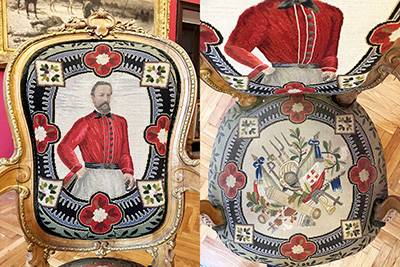
Giacomo Medici he was born in Milan on 16 January 1817 and died in Rome on 9 March 1882. He was one of Giuseppe Garibaldi's most talented officers and also an important general in the army of the Kingdom of Italy. In his youth he met Mazzini and Giovine Italia, in exile in London in 1840, and Giuseppe Garibaldi in 1846 in Uruguay. He participated in the First War of Independence, in the defense of the Roman Republic, in the Second War of Independence and above all in the expedition of the Thousand alongside Garibaldi fighting in the battles of Milazzo and Volturno. With the unification of Italy he entered the Royal Army and achieved several successes as a general in the Third War of Independence. He also had a political career as a deputy and senator of the Kingdom of Italy. In 1876 he was also appointed Marquis of the Vascello and first aide-de-camp to the King.